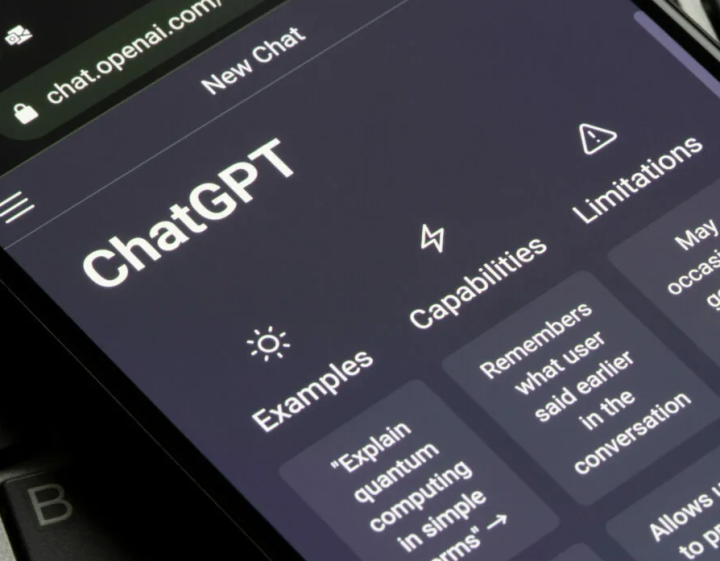AI-text detection tools are really easy to fool
We’ve known for some time that tools meant to detect AI-written text don’t always work the way they’re supposed to. Earlier this year, OpenAI unveiled a tool designed to detect text produced by ChatGPT, admitting that it flagged only 26% of AI-written text as “likely AI-written.” OpenAI pointed MIT Technology Review towards a section on its website for educator considerations, which warns that tools designed to detect AI-generated content are “far from foolproof.”
However, such failures haven’t stopped companies from rushing out products that promise to do the job, says Tom Goldstein, Volpi-Cupal Endowed Professor at the Department of Computer Science at the University of Maryland.
“Many of them are not highly accurate, but they are not all a complete disaster either,” he adds, pointing out that Turnitin managed to achieve some detection accuracy with a fairly low false-positive rate. And while studies that shine a light on the shortcomings of so-called AI-text detection systems are very important, it would have been helpful to expand the study’s remit to AI tools beyond ChatGPT, says Sasha Luccioni, a researcher at AI startup Hugging Face.
Click HERE to read the full article
The Department welcomes comments, suggestions and corrections. Send email to editor [-at-] cs [dot] umd [dot] edu.
